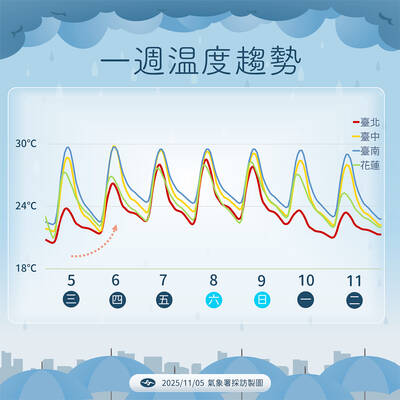Stephen Bonner, an ace US fighter pilot and one of the last surviving members of the swashbuckling “Flying Tigers” who fought the Japanese for the Chinese Nationalist Party (KMT) during World War II, has died, friends and colleagues announced on Thursday.
He was 103.
The Flying Tigers, an assembly of US volunteer fighter pilots forming the Aviation Volunteer Group based in Kunming, China, operated out of what was then Burma in the early 1940s in support of Chiang Kai-shek (蔣介石) against the Japanese, conducting dangerous missions over Japanese-occupied China and shooting down hundreds of enemy bombers.
They initially operated as mercenaries with the tacit support of the US government, given Washington’s official neutrality toward imperial Japan before the attacks on Pearl Harbor in Hawaii in late 1941.
Serving under US Army lieutenant general Claire Chennault — who led the Republic of China (ROC) Air Force during the war before the KMT’s retreat to Taiwan in the Chinese Civil War — in 1943 and 1944, Bonner flew “five confirmed and five probable aerial victories, and additionally was credited with damaging two more fighters and bombers,” Sino-American Aviation Heritage Foundation chairman Jeff Green said.
“With his remarkable longevity, Steve would become the last living ‘Fighter Ace’ to have flown in China during the Second World War,” Green said, describing him as a “gallant soldier and a Christian gentleman.”
Later in life, Bonner became an advocate for the commemoration of the Flying Tigers’ legacy and US-China dialogue, founding the Sino-American Aviation Heritage Foundation and receiving the Congressional Gold Medal.
He also visited China with fellow veterans in 2005, where they were named honorary citizens of Kunming.
Public Television Service produced a documentary series on the Flying Tigers, which operated in the Chinese-Burma-India region — known as the CBI Theater — during World War II.
“The Flying Tigers squadron forms a very important chapter in Taiwan’s wartime history, where the Republic of China and the US air forces worked together with outstanding camaraderie, spirit and cooperative fellowship,” then-ROC Air Force chief of staff Liu Shou-jen (劉守仁) said when the series was first aired in 2014.
Additional reporting by staff writer

Three Taiwanese airlines have prohibited passengers from packing Bluetooth earbuds and their charger cases in checked luggage. EVA Air and Uni Air said that Bluetooth earbuds and charger cases are categorized as portable electronic devices, which should be switched off if they are placed in checked luggage based on international aviation safety regulations. They must not be in standby or sleep mode. However, as charging would continue when earbuds are placed in the charger cases, which would contravene international aviation regulations, their cases must be carried as hand luggage, they said. Tigerair Taiwan said that earbud charger cases are equipped

Foreign travelers entering Taiwan on a short layover via Taiwan Taoyuan International Airport are receiving NT$600 gift vouchers from yesterday, the Tourism Administration said, adding that it hopes the incentive would boost tourism consumption at the airport. The program, which allows travelers holding non-Taiwan passports who enter the country during a layover of up to 24 hours to claim a voucher, aims to promote attractions at the airport, the agency said in a statement on Friday. To participate, travelers must sign up on the campaign Web site, the agency said. They can then present their passport and boarding pass for their connecting international

UNILATERAL MOVES: Officials have raised concerns that Beijing could try to exert economic control over Kinmen in a key development plan next year The Civil Aviation Administration (CAA) yesterday said that China has so far failed to provide any information about a new airport expected to open next year that is less than 10km from a Taiwanese airport, raising flight safety concerns. Xiamen Xiangan International Airport is only about 3km at its closest point from the islands in Kinmen County — the scene of on-off fighting during the Cold War — and construction work can be seen and heard clearly from the Taiwan side. In a written statement sent to Reuters, the CAA said that airports close to each other need detailed advanced

UNKNOWN TRAJECTORY: The storm could move in four possible directions, with the fourth option considered the most threatening to Taiwan, meteorologist Lin De-en said A soon-to-be-formed tropical storm east of the Philippines could begin affecting Taiwan on Wednesday next week, the Central Weather Administration (CWA) said yesterday. The storm, to be named Fung-wong (鳳凰), is forecast to approach Taiwan on Tuesday next week and could begin affecting the weather in Taiwan on Wednesday, CWA forecaster Huang En-hung (黃恩鴻) said, adding that its impact might be amplified by the combined effect with the northeast monsoon. As of 2pm yesterday, the system’s center was 2,800km southeast of Oluanbi (鵝鑾鼻). It was moving northwest at 18kph. Meteorologist Lin De-en (林得恩) on Facebook yesterday wrote that the would-be storm is surrounded by